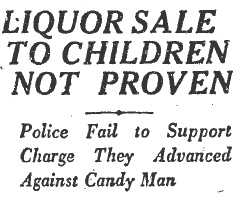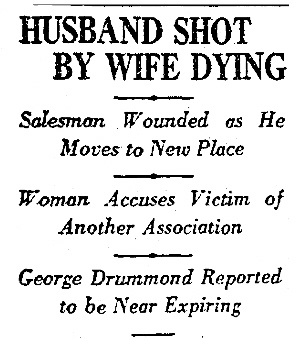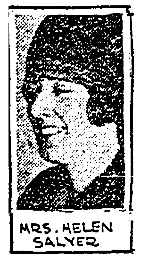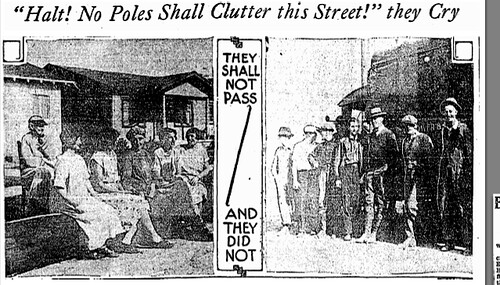June 1, 1927
West Adams
For some time now Francis Grierson, better known in San Diego as Jesse Shepard, has been quietly living at the boarding house of a Hungarian benefactress who had taken in the aged author, spiritualist and improvisational musician and his longtime friend and secretary Lawrence Waldemar Tonner and was forgiving about their inability to pay the rent. Such is so often the fate for one like Grierson, who all his life fought Materialism despite great creative success.
Several days ago, Grierson had just completed one of his extraordinary piano performances, during which he channeled the creative energies of deceased musical geniuses and presented previously unheard compositions from beyond. As the music ceased, Grierson became very still, as was his habit… but after a long moment, his audience grew restless, and Tonner went to the piano to shake his friend. Grierson was dead, aged 79, most probably from heart disease exacerbated by malnutrition.
As a self-taught child musical prodigy he was the toast of Europe, a friend of Whitman and Verlaine, praised by Dumas pére and by Kings and Czars. Of his four-octave voice, the poet Stephane Mallarmé marveled, "It is not a voice, it is a choir!"
He claimed to be a silent partner to Madame Blavatsky in the founding of the Theosophical Society. His books (Modern Mysticism, The Valley of the Shadows) were best sellers, and in San Diego, the High Brothers built a fabulous home for him, the Villa Montezuma, in a vain hope that we would stay and sprinkle his spiritualist stardust over their sleepy burg.
But time moved for him, as it must for all of us, and in recent years he made a bit of a fool of himself, lecturing on "The Secret of Eternal Youth" with his lips and cheeks painted crimson, a toupee on top and a very obviously dyed moustache.
Just last week Grierson took a break from working on his new book of verse and pawned a gold watch given him by King Edward VII. But it wasn’t enough. Tonner went to the Assistance League begging support for the once celebrated man, and they were willing, but the aid came too late. Now they will take over his funeral arrangements, and ensure his disposal is a fitting one.
Francis Grierson (1848-1927) lies in state at Pierce Brothers, Washington and Figueroa. Won’t you go and pay your respects to one who flew so high and fell so far, before he is cremated tomorrow?




 George and Mabel Drummond had nothing if not a tempestuous wedded life. Married ten years, hitched when George was fifteen and Mabel twenty-one, their stormy union included many a sterling instance, including the time a jealous Mabel held George in a chair at gunpoint for three hours while she threatened to shoot him with every passing moment.
George and Mabel Drummond had nothing if not a tempestuous wedded life. Married ten years, hitched when George was fifteen and Mabel twenty-one, their stormy union included many a sterling instance, including the time a jealous Mabel held George in a chair at gunpoint for three hours while she threatened to shoot him with every passing moment. Mabel was arrested by Detective Lieutenants Brown and Adams of University Station, who found her composed, and that she could only comment that if she couldn’t live with him, no-one could. When asked if she felt any regret, she replied:
Mabel was arrested by Detective Lieutenants Brown and Adams of University Station, who found her composed, and that she could only comment that if she couldn’t live with him, no-one could. When asked if she felt any regret, she replied:





